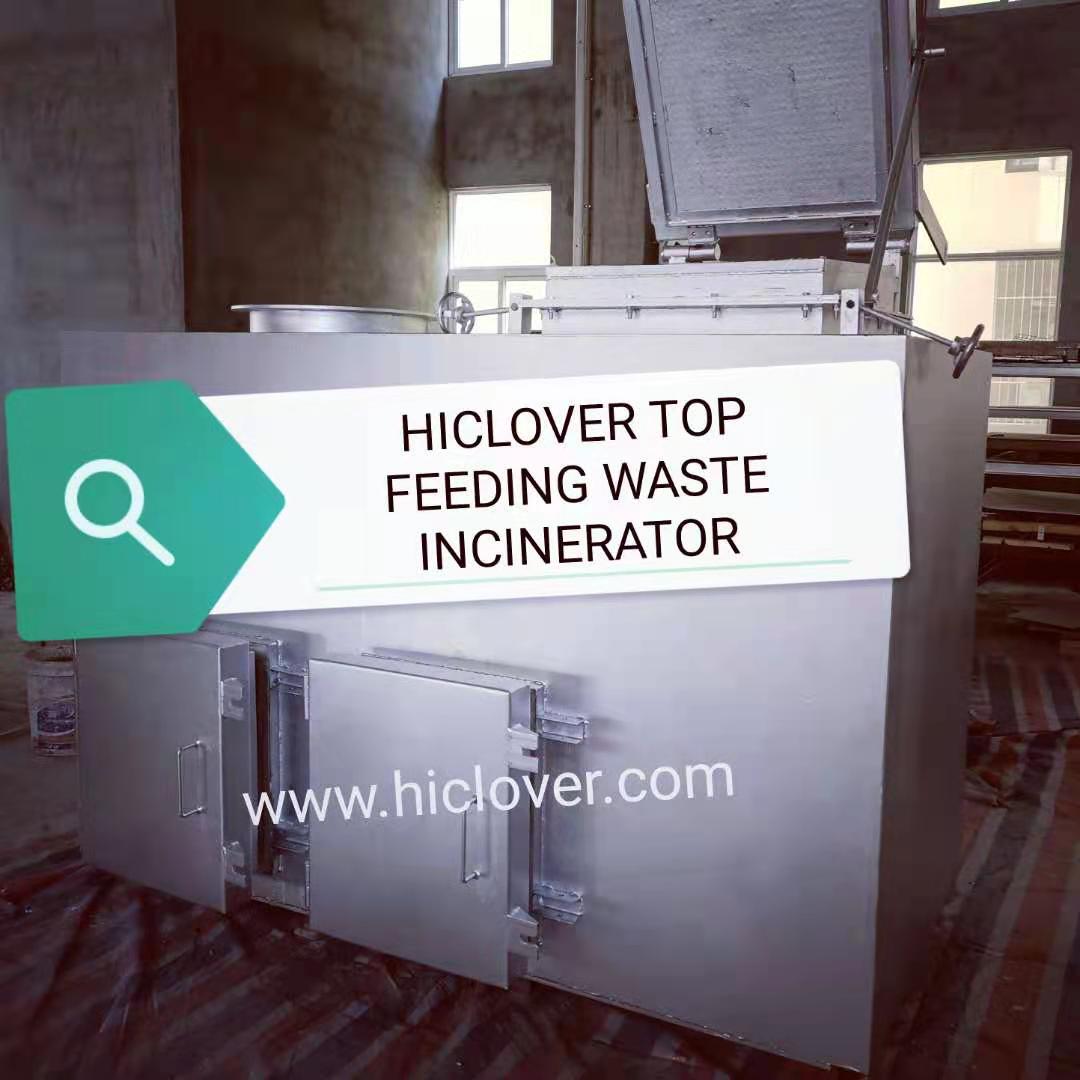In today’s world, access to proper sanitation remains a significant challenge for millions of people. According to the World Health Organization, approximately 2 billion people still lack access to basic sanitation facilities. This lack of access to proper sanitation leads to a myriad of health and environmental issues, making it a global priority to find innovative and eco-friendly solutions.
One such solution that has gained attention in recent years is the incinerator toilet. Unlike traditional flush toilets that rely on water and sewage systems, incinerator toilets burn waste at high temperatures, reducing it to a small amount of ash. This technology is not new, but it has seen advancements that make it a more viable option for addressing the world’s sanitation challenges.
One of the key advantages of incinerator toilets is their ability to function without the need for water or sewage infrastructure. This makes them ideal for areas where such infrastructure is lacking or non-existent, such as remote rural communities, disaster-stricken areas, or off-grid locations. Additionally, incinerator toilets can significantly reduce water usage, which is crucial in regions facing water scarcity.
Furthermore, the incineration process eliminates the need for waste treatment and disposal, reducing the risk of water pollution and the spread of waterborne diseases. This makes incinerator toilets a clean and hygienic solution for improving public health in communities without proper sanitation facilities.
From an environmental perspective, incinerator toilets also offer several benefits. By burning waste at high temperatures, they can minimize greenhouse gas emissions and reduce the need for landfills. Additionally, the ash produced by incineration can be safely disposed of, reducing the environmental impact of waste disposal.
Despite these advantages, there are some challenges to consider when it comes to implementing incinerator toilets on a large scale. One of the main concerns is the energy consumption and emissions associated with the incineration process. However, advancements in technology have made modern incinerator toilets more energy-efficient and environmentally friendly.
Another consideration is the cost of implementing and maintaining incinerator toilets, as they require regular maintenance and proper training for users. Additionally, cultural acceptance and awareness of the technology may be a barrier in some communities.
In conclusion, while incinerator toilets may not be the perfect solution for every sanitation challenge, they do offer a promising eco-friendly alternative to traditional flush toilets. With further research and innovation, incinerator toilets could play a significant role in improving global sanitation and public health, particularly in areas with limited access to water and sewage infrastructure. As the world continues to seek sustainable solutions for its sanitation challenges, incinerator toilets are certainly a technology worth considering.



